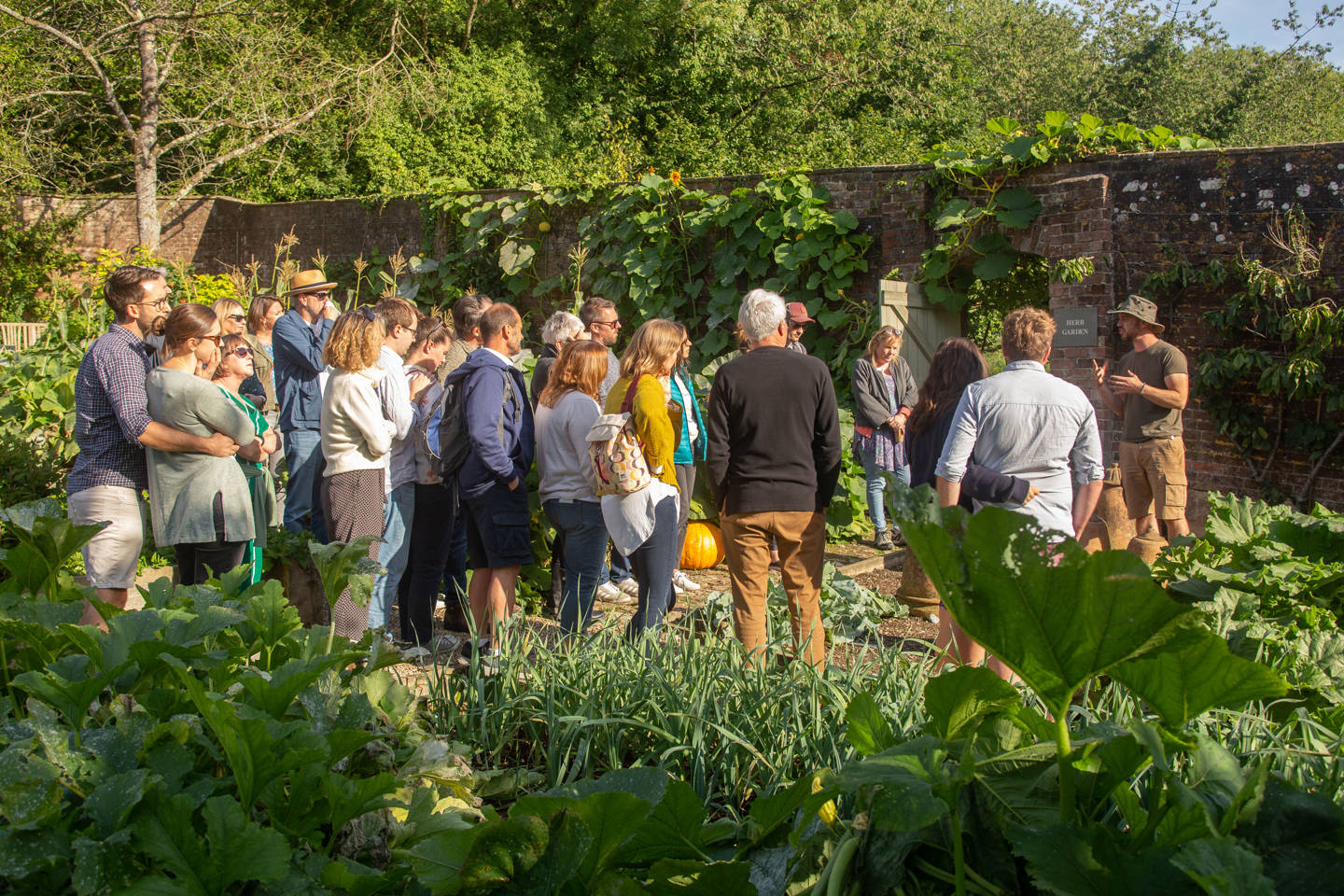







Here at THE PIGs, we are dedicated to the million details, from plants to people, we are home grown in every way. At the centre of our operation is a pure commitment to protecting and giving back to the local environment and community – we work hard to make sure no stone goes unturned when making decisions for our people, place and planet.
Over at THE PIG-on the beach we've teamed up The Studland Bay Marine Partnership sponsoring and fundraising for their game-changing eco-mooring project and conservation efforts to help protect Studland’s rare seagrass beds, which are an internationally important breeding ground for one of Britain’s native seahorse species, the protected spiny seahorse.
What is the ecosystem we are trying to protect?
Just off the coast of Studland Bay is a crucial marine ecosystem in the form of seagrass, unknown to many these underwater meadows provide a home for cuttle fish, kite fish, anemones, and the majestic seahorse.
In recent years these marine species have come under threat due to the destruction of their habitat from traditional boat moorings. The heavy metal chain and anchor system drags along the floor, pulling up fragile seagrass roots leaving barren scars along the seabed.
Why should we protect the seagrass ecosystems?
The seabed has been compared with tropical rainforests due to the ecological value it holds not only for biodiversity but also for the way it removes carbon from the atmosphere. Seagrass can store up to twice as much carbon per hectare as terrestrial forests, supporting the reduction of atmospheric CO2 and limiting the effects of climate change. In addition to this, Studland's seagrass meadows are an internationally important breeding ground for the rare and protected spiny seahorse - one of Britain’s native seahorse species.
How did the conservation efforts begin?
Back in 2018, Studland Bay became a designated Marine Conservation Zone in a quest to protect and preserve Studland's rare seagrass meadows.
Fast forward a couple of years to 2020, Studland Bay saw a vast increase in seahorse sightings, with double figures being spotted on multiple dives! Although the area was now a Marine Conservation Zone it is thought that the increase in numbers was likely due to the unusually quiet mooring period because of the pandemic. With this in mind, further measures such as the Voluntary No Anchoring Zone were put into place in 2021 – both fisherman and sailors opted to stop mooring in the bay.
Is there a way to safely moor in the bay?
Although reducing the number of boats mooring in the bay is a good start, it doesn’t stop the problem completely - this is where eco-moorings come in. These moorings consist of a permanent helical screw anchor being driven into the seabed with an elastic rode attached, connecting the anchor system to a floating buoy. The elastic rode stretches at higher tides and contracts at lower tides, avoiding the scouring of the seabed. Boaters can simply attach to the buoy on the surface without having to drop an anchor – allowing them to protect the ecosystems below!
What is the Studland Bay Marine Partnership?
To help take these conservation efforts even further many local groups came together at the end of 2021 and formed Studland Bay Marine Partnership. Since then, they have had a successful fundraising effort which we are proud to be a part of! So far, the group has raised £66,000 through a mixture of crowdfunding supported by The Seahorse Trust and generous donations from the National Trust, The Crown Estate and THE PIG-on The Beach. This money will enable the installation of 22 eco-moorings, which is part of a phased approach with an overall target to install up to 87 across the bay area.
Neil Garrick-Maidment, founder of The Seahorse Trust said, “These vital funds will enable further protection for the precious seahorse population at Studland Bay. With dwindling seahorse numbers across the UK, simple steps such as the installation of eco-moorings bring space and time for recovery and will help breathe new life at Studland.”
The National Trust’s David Brown added, “Studland is important to the million plus visitors it receives every year, by sea and land. Seagrass and marine species such as the spiny seahorse are an emblem of British marine life, and it is important that nature-positive approaches such as eco-moorings are available to help these precious creatures thrive.”
To find out more about Studland Bay Marine Partnership click here.


